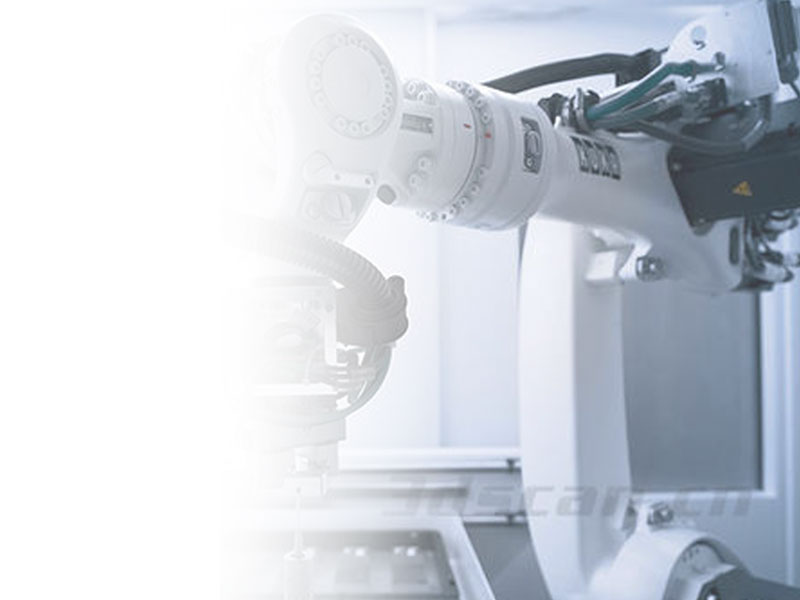Laser marking technologies have revolutionized the way industries mark and identify products. With a wide range of applications, laser marking technologies offer precision, durability, y eficiencia. This article delves into the various aspects of laser marking technologies, their benefits, types, aplicaciones, and considerations for choosing the right technology for your needs.
Laser marking technologies have become integral to various industries due to their ability to provide permanent, high-quality marks on a variety of materials. These technologies include different methods such as engraving, etching, and annealing, each offering unique advantages for specific applications. The key to their effectiveness lies in the interaction between the laser beam and the material, resulting in marks that are abrasion-resistant, clear, and durable.
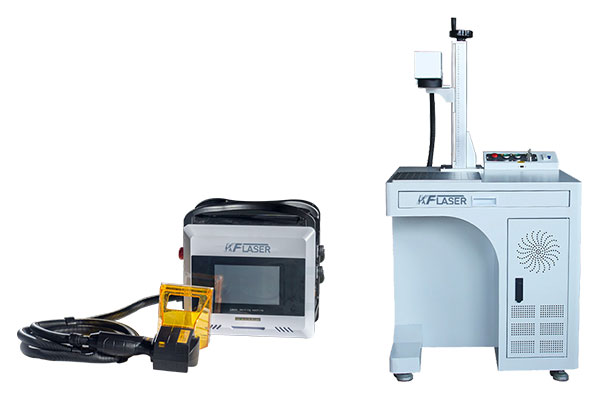
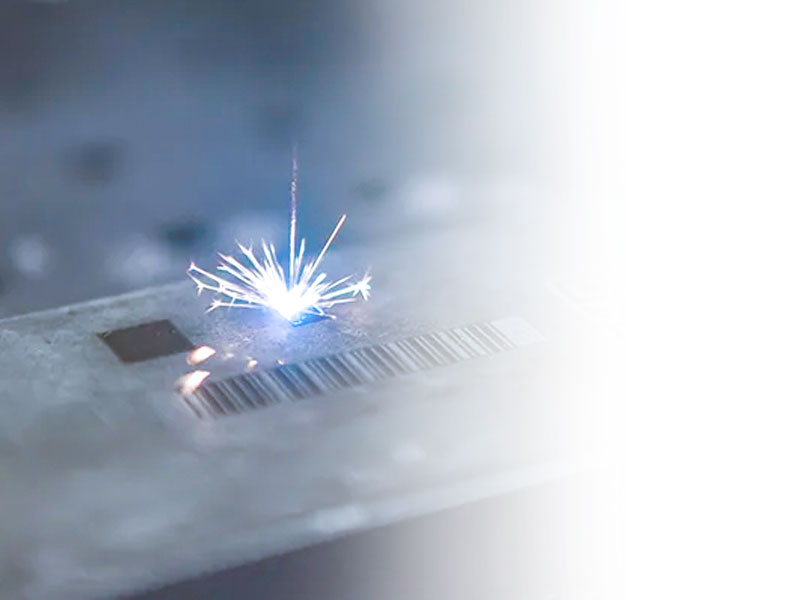
Permanent and High-Quality Marks: Laser marking technologies create marks that are permanent and resistant to abrasion, ensuring long-term readability and durability. This is essential for traceability and quality assurance in industries such as automotive, aeroespacial, y electrónica.
Versatilidad: These technologies can mark a wide range of materials, incluyendo metales, plástica, cerámica, y vidrio. This versatility makes them suitable for various applications, from product identification to branding and compliance with regulatory requirements.
Proceso sin contacto: Laser marking is a non-contact process, meaning the laser does not physically touch the material being marked. This reduces the risk of damaging the material and ensures high precision and repeatability.
High-Speed Marking: Laser marking systems can operate at high speeds, making them suitable for high-volume production environments. This increases productivity and reduces cycle times.
Ecológico: Unlike traditional marking methods that use inks or chemicals, laser marking is a clean process that does not produce waste or require consumables. This makes it an environmentally friendly option.
Fiber Laser Marking: Fiber lasers are commonly used for marking metals and some plastics. They produce a high-quality beam that can create detailed and precise marks. Fiber lasers are known for their durability and low maintenance, making them ideal for industrial applications.
CO2 Laser Marking: CO2 lasers are effective for marking non-metallic materials such as wood, vaso, cerámica, and certain plastics. They are widely used in the packaging, automotor, and electronics industries. CO2 lasers can produce high-contrast marks on a variety of surfaces.
UV Laser Marking: UV lasers operate at a shorter wavelength, allowing them to create high-resolution marks on sensitive materials like plastics and glass without causing thermal damage. They are commonly used in the medical device and electronics industries.
Green Laser Marking: Green lasers, also known as cold lasers, are suitable for marking highly reflective materials such as copper, gold, and silicon. They provide high precision and are used in applications requiring minimal heat-affected zones.
Diode-Pumped Laser Marking: These lasers are known for their high peak power and short pulses, making them suitable for applications requiring high-contrast marks with minimal surface damage. They are often used for deep engraving and high-throughput applications.
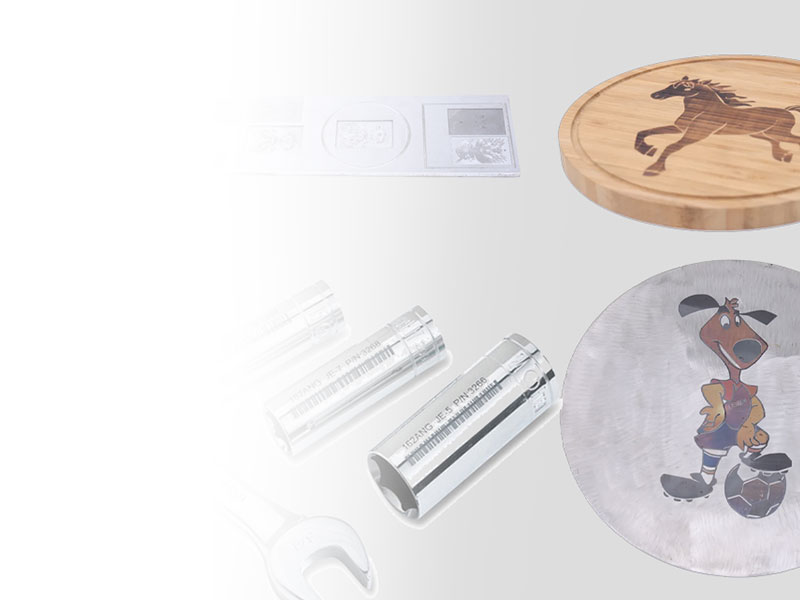
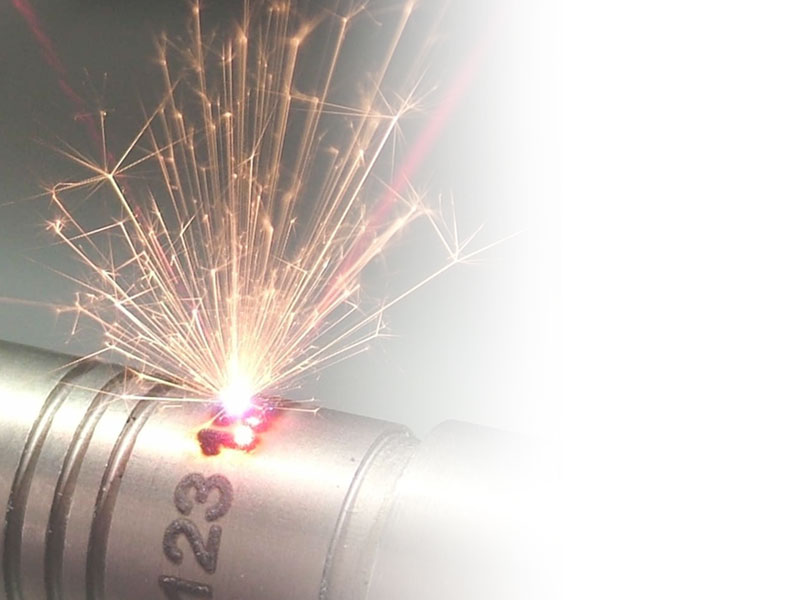
Tipo de material: The type of material to be marked is a crucial factor in selecting the appropriate laser marking technology. Different lasers interact differently with materials, so it is essential to choose a laser that can effectively mark your specific material.
Marking Requirements: Consider the type of mark you need, whether it is a barcode, serial number, logo, or text. The required resolution, contrast, and permanence of the mark will influence the choice of laser marking technology.
Production Environment: The environment in which the laser marking system will be used can affect its performance. Factors such as temperature, humidity, and dust levels should be considered when selecting a system.
Throughput and Speed: The required marking speed and production volume will determine the type of laser system needed. High-speed lasers are essential for high-volume production lines.
Budget and Maintenance: While the initial cost of a laser marking system is a significant consideration, it is also essential to consider the long-term maintenance costs. Some lasers require more maintenance than others, which can impact overall costs.
Consideraciones de seguridad: Laser marking systems must comply with safety regulations to protect operators from laser radiation. Ensuring the system has appropriate safety features and training for operators is crucial.
Laser marking technologies have transformed how industries approach marking and identification, ofreciendo una precisión inigualable, durability, y eficiencia. With various types of lasers available, each suited for different materials and applications, choosing the right technology involves considering material compatibility, marking requirements, production environment, y presupuesto. A medida que la tecnología continúa evolucionando, laser marking will become even more integral to manufacturing, driving innovation and productivity.
